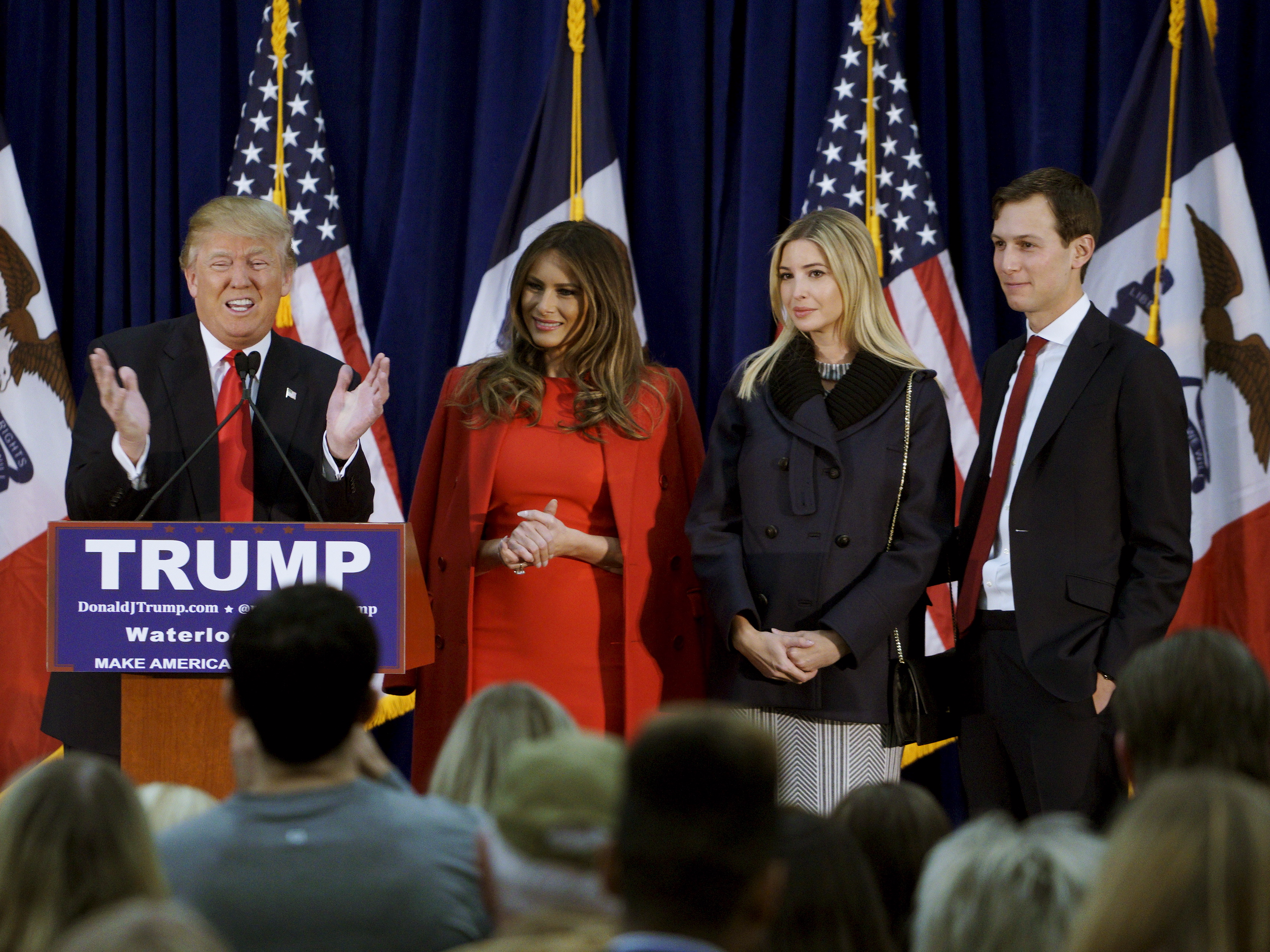When it came to helping Donald Trump’s campaign, Jared Kushner tapped the tech world for help and inspiration.
Kushner, who is Trump’s son-in-law and the older brother of New York venture capitalist Josh Kushner, used techniques from the tech startup world to build Trump’s campaign strategy almost from nothing, according to a new profile by Steven Bertoni of Forbes.
“I called some of my friends from Silicon Valley, some of the best digital marketers in the world, and asked how you scale this stuff,” Kushner told Forbes. “They gave me their subcontractors.”
But Kushner’s work extended beyond calling in Silicon Valley’s top talent – he began testing tools well known to the tech community but not as well to the world of politics, and he ran the campaign with a “lean startup” mentality.
That ended up working to the campaign’s advantage.
Targeted advertising over traditional spending
The campaign's approach took basic ideas common in the lean startup movement promoted by Silicon Valley gurus such as Steve Blank and Eric Ries in which young companies try a lot of ideas in an attempt to find product-market fit and quickly discard ideas that aren't working. This philosophy is often encapsulated in Facebook's early motto: "Move fast and break things."
"We weren't afraid to make changes. We weren't afraid to fail. We tried to do things very cheaply, very quickly. And if it wasn't working, we would kill it quickly," Kushner told Forbes. "It meant making quick decisions, fixing things that were broken, and scaling things that worked."
The campaign also used the kinds of technical tools that lean startups use to attract customers.
Early on, it avoided spending heavily on traditional (and expensive) advertising like TV and internet spots, instead going after social media audiences and using machine learning to fuel its fundraising efforts and send targeted ads. Among other things, Kushner built a geolocation tool using Google Maps API to plot location density for different types of voters, such as those worried about immigration or healthcare.
Kushner also tested Facebook's ad targeting tools, which show promotions to specific audiences, to help sell campaign merchandise like the "Make America Great Again" hats or promote videos of Trump talking to the camera.
"We played moneyball, asking ourselves which states will get the best ROI" - return on investment - "for the electoral vote," Kushner said. "I asked, 'How can we get Trump's message to that consumer for the least amount of cost?'"
In the final days of the campaign, Kushner said he had spent so little money and relied so heavily on data that the campaign was able to unleash one last rallying cry in the form of on-the-ground volunteers and new targeted TV ads.
It makes sense that Kushner adopted Silicon Valley tactics, as he has ties to several notable tech investors and CEOs, including his younger brother; Peter Thiel, a billionaire investor and Trump transition team member; and Jack Ma, CEO of Alibaba and an investor in Kushner's real-estate startup, Cadre.
Read the full interview with Kushner on Forbes »

